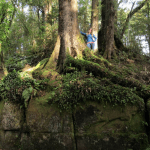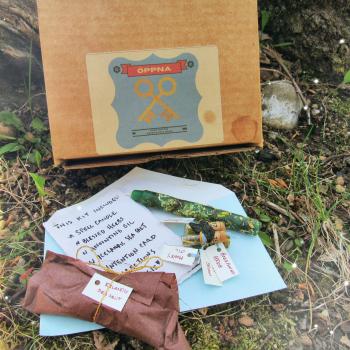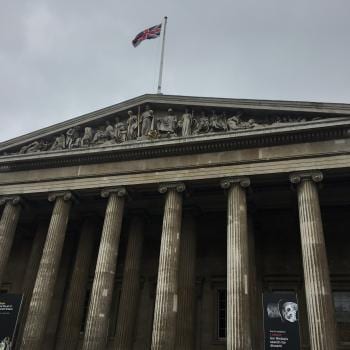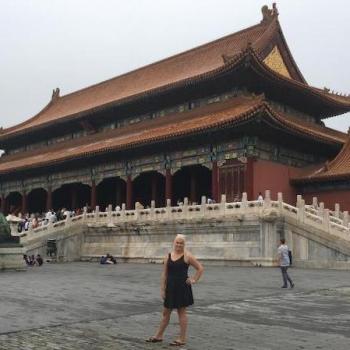A few years back, I was lucky enough to visit my sister in Kenya (she was living there at the time). I’m a big history nerd (as you can probably tell) so my sister planned the entire trip around my interests (BEST SISTER EVER). We spent several days visiting the Swahili Coast, which has a very rich culture based on sea trade.
Between the 13-15th centuries, there was an influx of Arabic settlers who founded independent city-states along the coast of Kenya. They came for resources, built magnificent stone structures, and mysteriously disappeared sometime around 400 or so years ago. They left no historical record and faded from memory until British colonizers appeared on the scene in the 19th century. I visited two of these sites, the ruins of Gedi and Takwa.
Gede (Gedi) Ruins- The most well known of the ruins along the Swahili coast, Gedi is currently on a waiting list to be designated a UNESCO World Heritage Site. The city is thought to have been founded sometime in the 13th century. At its peak, it housed around 2,500 people and was incredibly wealthy. Three mosques, a palace, and objects from as far away as China have been excavated thus far. It was mysteriously abandoned sometime in the 16th century and as there is no written record of the town, archaeologists are still at a loss as to why. It was rediscovered sometime in the 1800s but the local population had not forgotten about it, rather it had morphed into a sacred place that was known to inhabited by the ‘Old Ones’ or Djinn.
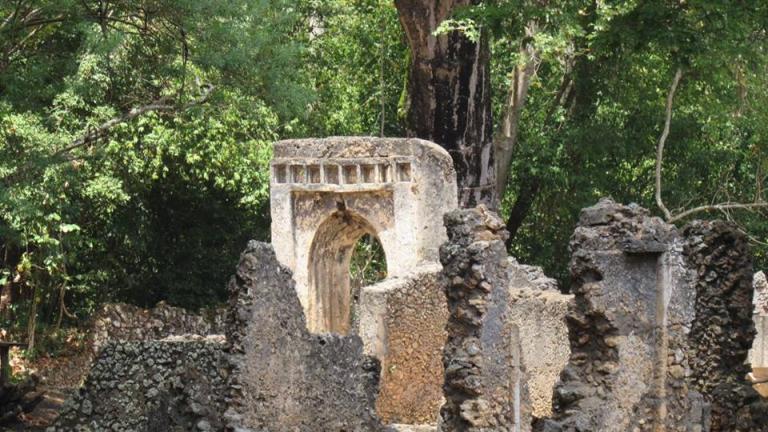
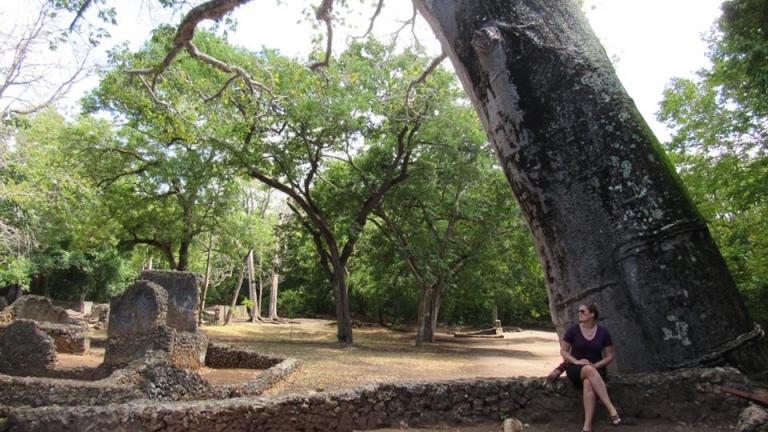
Our guide also told us that the villagers kept far away from the ruins. There is a sizeable population of Sykes monkeys in the region and they are quite the little menaces. Normally, they get killed or run off by the locals for causing trouble. But since the people were scared of the djinn who haunted Gedi, the monkeys were left alone essentially turning the ruins into a monkey sanctuary of sorts.
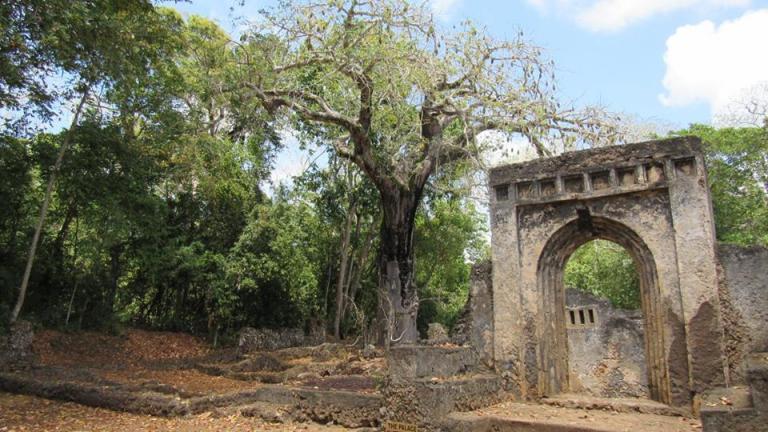
” The ruins of Gede, about three hours’ march south of Malindi, are supposed to be guarded by an enormous snake, which would kill anyone attempting to remove-e.g.
the china plates cemented into the walls. People go there to make vows, pray for rain, etc… I never heard it expressly stated that these snakes are embodied ancestral spirits-probably among the Moslems this idea has become somewhat obscured.”
Takwa Ruins: Getting to Gedi seemed like a walk in the park after visiting Takwa. The ruins of this ancient retreat are located on an island in the northern part of Kenya. It was a 45-minute boat ride from Lamu (where we were staying) through mangrove swamps. Our boat grounded out several times while on the way there due to low tides. Once we arrived at the actual island it was about a mile walk to the ruins via muddy paths and decaying swing bridges. Not going to lie, I felt a little bit like Indiana Jones.
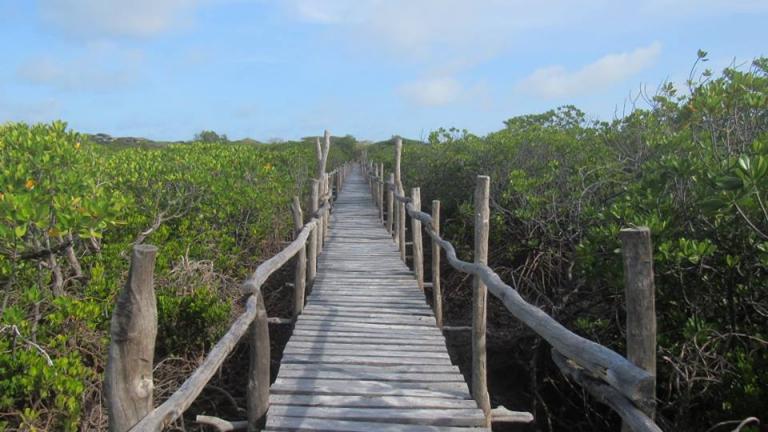
are known as the burial sites of sharifs or other holy men and women, and attract visitors and pilgrims who make prayers and present offerings such as food and burning incense at the tomb site. The seventeenth-century pillar tomb at Takwa is known as a pilgrimage site for the people of the Lamu area, who currently travel there to pray for rain or other special favors.”

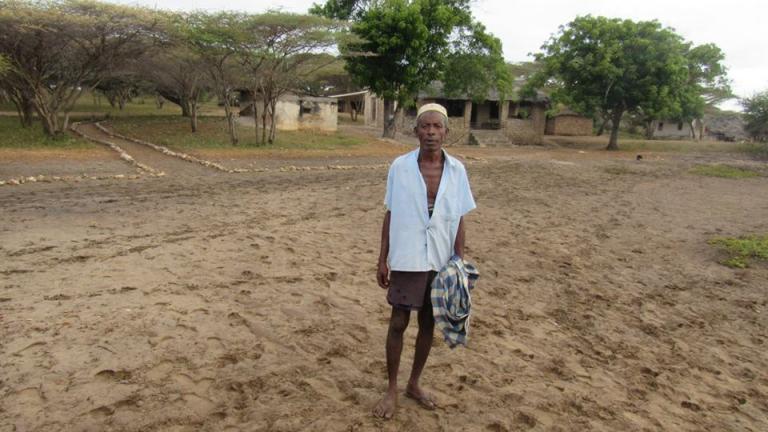
There was a Swedish woman who came to the island every year for 5 years. She would stay for 3 nights and she asked him not to talk to her and to not disturb her while she was there. She stayed in a tent that she brought with her and she had lots of bottles with her. Sometimes he heard very strange noises in the middle of the night when she was there. She never told him what she was doing. She came and left quietly. Two years before our visit she had stopped coming. And he hadn’t seen her since.
It was common knowledge among locals that if you visited Tawka with bad intentions, you would die within the year. He told us that he knew of at least one man who had died after visiting. The djinn did not like bad people coming to disturb their holy place.
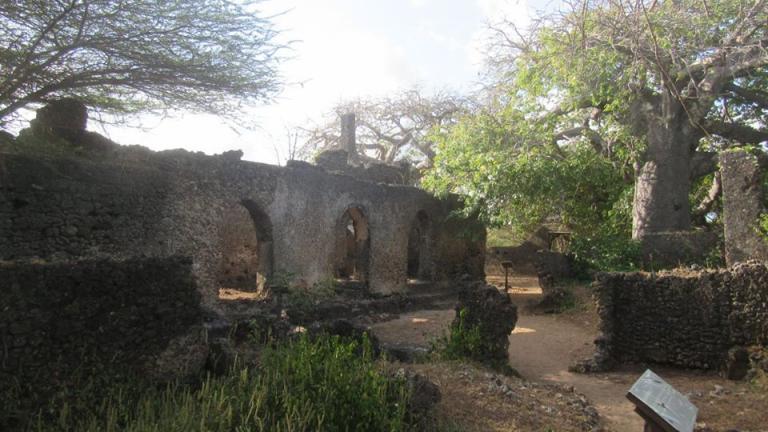
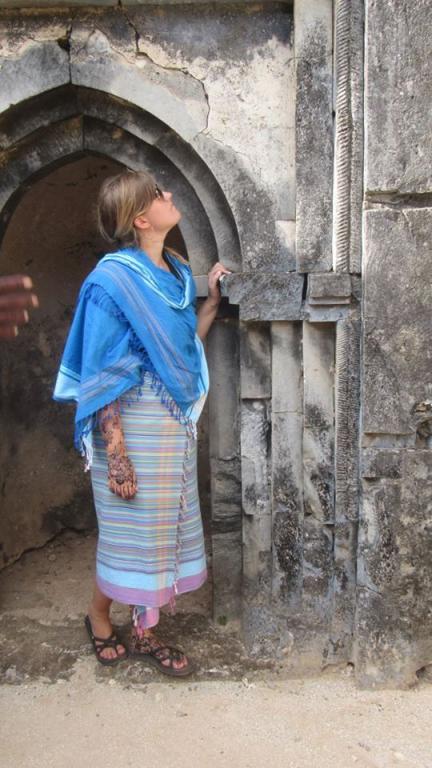
If you are interested in finding out more or planning a trip to visit one of these sites, please check out the National Museums of Kenya webpage:
Gede National Monument
Takwa National Monument
Works Cited:
Gensheimer, Thomas R.. “Research Notes: Monumental Tomb Architecture of the Medieval Swahili Coast.” Buildings & Landscapes: Journal of the Vernacular Architecture Forum 19
Kirkman, J. S. “The Culture of the Kenya Coast in the Later Middle Ages: Some Conclusions from Excavations 1948-56.” The South African Archaeological Bulletin 11, no. 44 (1956): 89-99.
Werner, A. “Some Notes on East African Folklore (Continued).” Folklore 26, no. 1 (1915): 60-78.


